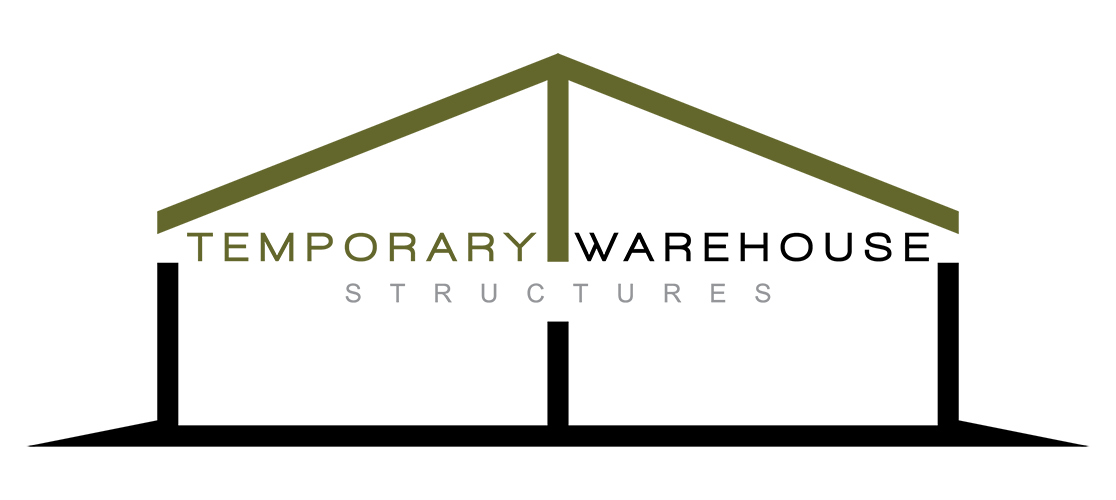Holding Down Your Temporary Fabric Structures
The Science Behind Anchoring Fabric Buildings: Expert Q&A
In the first article in our series, we introduced the engineering that backs up anchoring temporary structures. The anchoring is powerful enough to sufficiently cover most of your crucial short- or long-term operations – which ensures that structural stability and integrity that you rely on.
One of the major benefits of temporary fabric structures is that you can install them on practically any type of ground surface from soil or gravel to concrete foundations and asphalt. When you have the properly engineered anchoring your temporary structure can be very stable and strong no matter where it is located.
Below our engineer experts will answer questions and explain what effect your ground surface has in determining what the right anchoring solution is for your specific structure.
We talked last month about different anchoring options that are available. When should earth anchorage be used versus ballasts?
Experts: It is a strategic choice to use ballasts. It is appropriate to use ballasts when the best option is not to disturb the surface (either with a traditional foundation or earth anchoring). Earth anchors (stakes) are ideal whenever the ground surface can be penetrated, such as soil.
What about the situation where a temporary structured will be installed on top of an asphalt parking lot?
If stakes were driven into the parking lot, holes would be left behind that might have to be repaired later on. Reputable companies will provide you with asphalt plugs for restoring the asphalt to its previous condition. If you are concerned about using asphalt plugs, you might want to use ballasts instead. Concrete blocks are the most common type of ballast. They weigh around 3,000 pounds each. The huge blocks provide the structure with added weight without the ground surface being damaged. We have used ballasts on structures built on rooftops as well.
What is the difference between the way that earth anchorage and ballasts attach to a structure?
Expert: I will begin with earth anchorage first. Whenever a temporary structure is installed, steel footplates are first anchored with stakes (called pins as well) into the ground through holes that are drilled into the footplate. Then bolts are used to attach the legs of the structure to the footplate.
For structures that need additional anchoring power, you can add stake bars. These are steel pieces that have holes drilled in them so that additional stakes can be accommodated. When they are attached to footplates in the places where stakes would usually go, it increases the number of stakes that each footplate has. A stronger connection is created with the ground to provide temporary fabric structures with additional stability.
When ballasts are used, often they are stacked on top of a special larger footplate. Also, they may be stacked right next to footplates and then attached to the leg of the tent using large industrial straps. Both of these options provide powerful anchoring without needing to put stake holes into the ground surface.
In terms of anchoring, what purpose does a soil test serve?
Expert: It is very important to remember that anchors and soil work together to make a structure stable. Not all soil is well-suited for standard anchoring. That is why the soil is tested to determine what kind of loads it will be able to handle. Basic stakes are unable to do their job when no or little resistance to uplift forces is provided by the soil. In some poor soil cases, heavy ballasts are also not a good option, since the ballasts might sink.
For more information, visit our blog. If you have any immediate questions, please feel free to call us. Request a quote here, to get your project started.
We are continually proud to offer our clients superior material, craftsmanship, and structurally sound clear span buildings.
CONTACT US TODAY
For more information or a quote, please contact us. Find out how Temporary Warehouse Structures can help with your next project.

